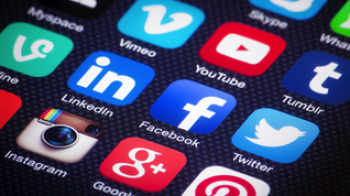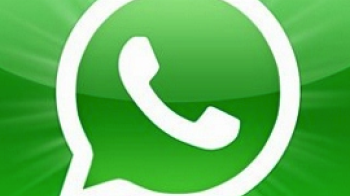The role of social media in the future of the TV industry
Andy Brown
Andy Brown, Chairman & CEO of Kantar Media, reflects on the role of social media and TV after some of the worlds largest TV events.
The globalisation of advertising
In recent years, advertising calendars the world over have been dominated by the global influence of big-ticket events from across the Atlantic, such as the Super Bowl and the Oscars.
As the reach of these events has increased, so have their associated advertising revenues, and 2016 has been another year of growth. The average 30 second TV spot at this year’s 50th Anniversary Super Bowl was valued at an estimated $5m, and the equivalent at the Oscars was $2m. Total advertising spend for the 2015 Academy Awards ceremony came in at $110 million: an increase of more than 50% over the past five years.
The social impact
These campaigns may be TV led, but brands are increasingly moving away from treating media channels in isolation. Smart marketers are amplifying their TV presence with social activity; sharing owned content on social channels to drive second screen interaction amongst target audiences.
Platforms such as Twitter allow brands to tap into an engaged and highly responsive audience across a range of devices. And of course social media has the advantage of reaching across geographical and cultural barriers.
During this year’s Oscars ceremony there were more than 196,000 related Tweets from a UK audience of over 358,000 users, driving 8.6m total impressions. Almost 4,000 of these Tweets came during the single minute when Leonardo Di Caprio received the highly anticipated Best Actor award.
The active audience on social, as demonstrated by these figures, is huge – meaning opportunities for brands to engage are almost limitless. Last year, as part of Dove’s #SpeakBeautiful campaign, a 30 second spot which aired during the Oscars’ Red Capet coverage drove more than 26,000 Twitter interactions. During the same ceremony, Cadillac launched its ‘Dare Greatly’ campaign on social and TV simultaneously – generating more than 10,000 Facebook and Twitter interactions during the awards broadcast alone.
The cross-device approach
Events such as these serve to illustrate the ongoing adaptation of the media industry; the boundaries between different platforms are blurring, and the rise of multi-screening means advertisers can no longer afford to treat different media channels in isolation.
It has never been more important for advertisers to consider holistic, multi- faceted campaigns that tap into heightened consumer interest to reach that highly engaged audience across multiple connected devices.
It’s true that most marketers can only dream about holding the kind of budget required to advertise at the Oscars or Super Bowl, and below are my three top learnings for marketers:
1. The importance of a holistic approach to planning. Brands should be incorporating cross-device strategies into all campaigns
2. Capitalise on the big-ticket opportunities or ‘appointments to view.’ Social platforms are the perfect opportunity for brands to piggy back on consumer interest surrounding global cultural events. It may never produce the same exposure as sponsorship or an advertising slot, but it’s a valuable chance to play in the same arena as the biggest brands
3. Prioritise hybrid measurement. As it becomes standard for campaigns to incorporate a cross device element, remember that measurement must reflect the change in delivery and greater demands for accountability for each platform’s performance
Related content
‘Dark social’ accounts for two-thirds of political content shared
Learn moreIndustry sees Coca-Cola and Nike as leading exponents of social
Learn moreWhatsApp rockets to 1bn monthly users
Learn moreReal_Living: Full results - how devices compete for attention in the living room
Learn more
Fast forward to 2030 with Futurescape
An in-depth exploration of the attitudes, innovations and media shifts that will shape the years ahead and redefine how we advertise by the turn of the decade


